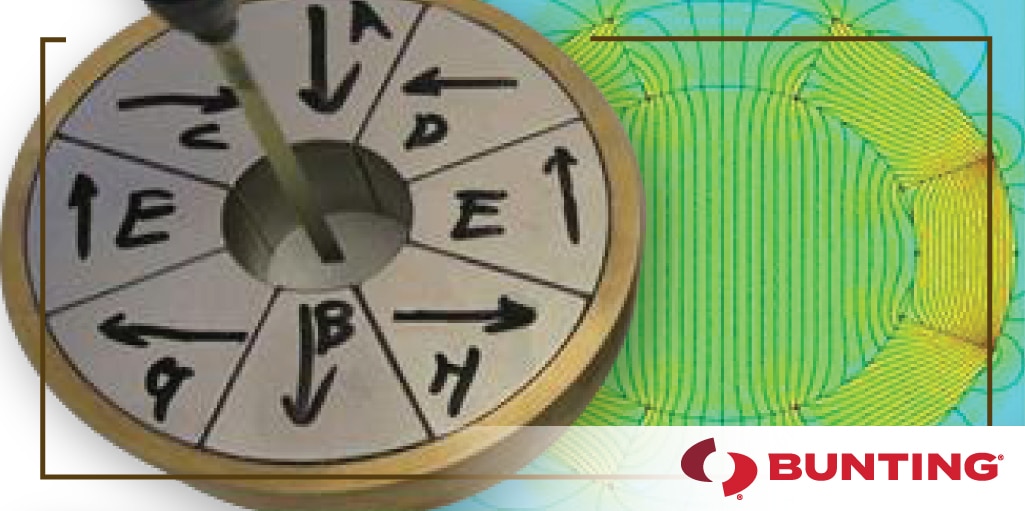What is a Halbach Array?
News
A Halbach array is a type of specialized magnetic assembly. This unique assembly is formed by arranging permanent magnets in a way that cancels the magnetic field to nearly zero on one side of the array, but significantly increases the strength of the magnetic field on the opposite side of the array. This can only be achieved if there is a spatially rotating pattern of magnetization. This pattern results in the same effect repeatedly occurring throughout the pattern, and can be continued indefinitely. The appeal of Halbach array assemblies is their ability to provide a high strength magnetic field that is also highly controlled.
The Discovery of the Halbach Array
In 1973, John C. Mallinson was the first person to discover the effect behind the Halbach array. In his words, “one-sided flux” structures were a “curiosity,” and he quickly applied the effect he observed to one specific area of interest—magnetic tape technology. A few years later, in the 1980s, physicist Klaus Halbach expanded on the effect that Mallinson initially observed. While Halbach was studying at the Lawrence Berkley National Laboratory, he independently invented the Halbach array. His goal was to use this powerful magnetic force in technology such as lasers, traveling wave tubes, and particle accelerator beams. Halbach went on to become a world leader in designing magnetic systems. Today, many machines still depend on the innovative magnetic technology that continues to bear Halbach’s name.
Halbach Arrays and Modern Technology
Many components of modern technology are powered by the Halbach array. For example, Halbach cylinders are magnetized cylinders capable of producing an intense but contained magnetic field. These cylinders are used in devices such as brushless motors, magnetic couplings, and high field particle focusing cylinders. Even simple refrigerator magnets use Halbach arrays—they’re strong on one side, but hardly stick at all on the opposite side. When you see a magnet with a magnetic field that is increased on one side and decreased on the other side, you are observing the Halbach array in action.
To learn more about Halbach arrays and how they can be used to power your project, contact us today.